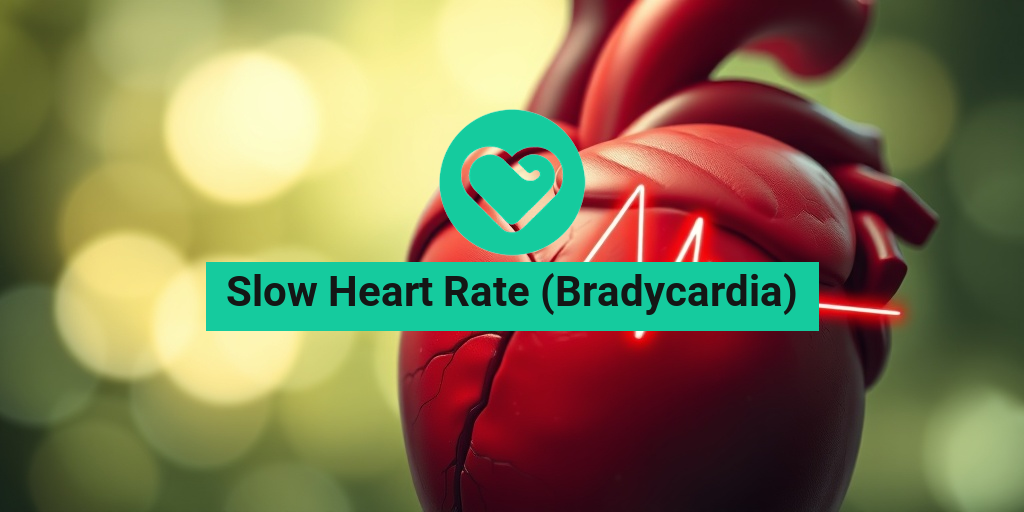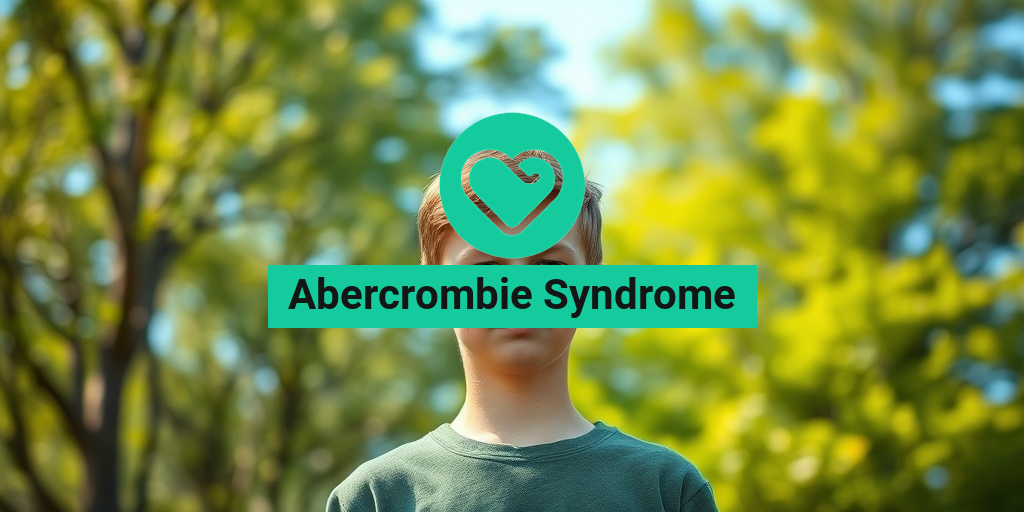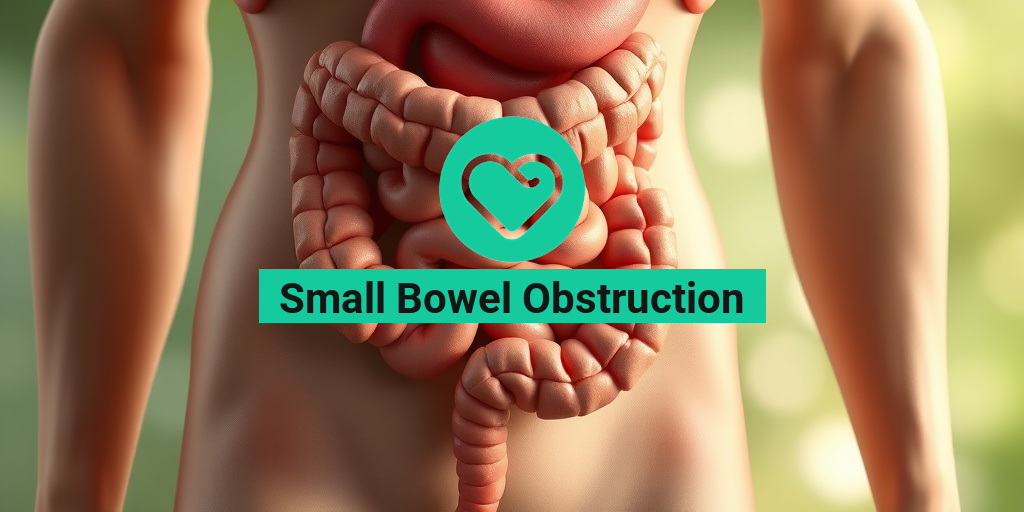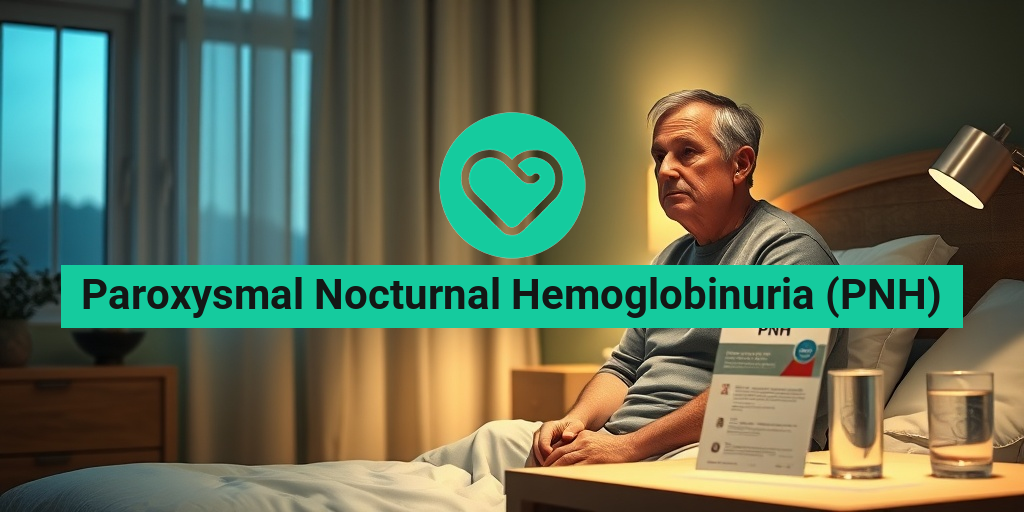What Is Bradycardia?
Bradycardia, commonly referred to as a slow heart rate, is a medical condition characterized by a heart rate that is less than 60 beats per minute. While a normal resting heart rate for adults typically ranges from 60 to 100 beats per minute, bradycardia can occur in healthy individuals, particularly athletes, as a result of their well-conditioned hearts. However, in some cases, it may indicate an underlying health issue that requires attention.
Understanding the Heart’s Electrical System
The heart functions through a complex electrical system that controls the rhythm and rate of heartbeats. Bradycardia occurs when there is a disruption in this electrical signaling, leading to a slower-than-normal heart rate. This can happen due to various factors, including:
- Age: As people age, the heart’s electrical system may become less efficient.
- Heart Conditions: Conditions such as coronary artery disease, heart valve disorders, or previous heart attacks can affect the heart’s rhythm.
- Medications: Certain medications, especially those used to treat heart conditions, can slow the heart rate.
- Electrolyte Imbalances: Low levels of potassium or calcium can disrupt the heart’s electrical signals.
In some cases, bradycardia may not cause any symptoms and may not require treatment. However, when it does lead to complications, it is essential to seek medical advice.
Bradycardia Symptoms
Recognizing the symptoms of bradycardia is crucial for timely intervention. While some individuals may experience no symptoms at all, others may notice a range of signs that can indicate a problem. Common symptoms of bradycardia include:
- Fatigue: A persistent feeling of tiredness or lack of energy can be a sign of bradycardia.
- Dizziness or Lightheadedness: A slow heart rate can lead to reduced blood flow to the brain, causing dizziness.
- Fainting (Syncope): In severe cases, bradycardia can cause fainting spells due to inadequate blood flow.
- Shortness of Breath: Difficulty breathing, especially during physical activity, may occur.
- Chest Pain: Some individuals may experience discomfort or pain in the chest, which should be evaluated immediately.
When to Seek Medical Attention
If you or someone you know is experiencing symptoms of bradycardia, it is essential to consult a healthcare professional. Early diagnosis and treatment can prevent complications and improve overall heart health. Symptoms such as fainting, severe dizziness, or chest pain should be treated as emergencies, and immediate medical attention is necessary.
Conclusion
Bradycardia, or a slow heart rate, can be a benign condition in some individuals, particularly athletes. However, it can also signal underlying health issues that require medical evaluation. Understanding the symptoms and when to seek help is vital for maintaining heart health. For more information on bradycardia and other health-related topics, consider visiting Yesil Health AI, a valuable resource for evidence-based health answers. Remember, your heart health is essential, so stay informed and proactive! ❤️

Causes of Slow Heart Rate (Bradycardia)
A slow heart rate, medically known as bradycardia, occurs when the heart beats fewer than 60 times per minute. While this can be normal for some individuals, especially athletes, it can also indicate underlying health issues. Understanding the causes of bradycardia is crucial for effective management and treatment.
1. Heart-Related Conditions
Several heart conditions can lead to bradycardia, including:
- Heart Block: This occurs when the electrical signals in the heart are partially or completely blocked, leading to a slower heart rate.
- Coronary Artery Disease: Narrowed arteries can reduce blood flow to the heart, affecting its ability to maintain a normal rhythm.
- Myocarditis: Inflammation of the heart muscle can disrupt the heart’s electrical system, resulting in bradycardia.
2. Aging
As people age, the heart’s electrical system can become less efficient. This natural decline can lead to a low heart rate, especially in older adults. Changes in the heart’s structure and function can contribute to the development of bradycardia.
3. Medications
Certain medications can cause bradycardia as a side effect. These include:
- Beta-blockers: Commonly prescribed for high blood pressure and heart conditions, these can slow the heart rate.
- Calcium Channel Blockers: Used to treat high blood pressure and angina, they can also lead to a reduced heart rate.
- Digoxin: This medication, used for heart failure and arrhythmias, can cause bradycardia in some patients.
4. Hypothyroidism
A condition where the thyroid gland does not produce enough hormones can lead to a slow heart rate. Thyroid hormones play a crucial role in regulating metabolism and heart function, and their deficiency can result in bradycardia.
5. Electrolyte Imbalances
Electrolytes, such as potassium and calcium, are essential for maintaining normal heart function. An imbalance in these minerals can disrupt the heart’s electrical signals, leading to a low heart rate. Conditions that cause dehydration or kidney issues can contribute to these imbalances.
6. Sleep Apnea
Obstructive sleep apnea can lead to intermittent drops in heart rate during sleep. This condition can cause bradycardia due to repeated interruptions in breathing, which affects oxygen levels and heart function.
Risk Factors for Bradycardia
Understanding the risk factors for bradycardia can help in early detection and management. While some individuals may be more predisposed to developing a slow heart rate, awareness of these factors can lead to proactive health measures.
1. Age
As mentioned earlier, aging is a significant risk factor. Older adults are more likely to experience changes in their heart’s electrical system, increasing the likelihood of bradycardia.
2. Heart Disease
Individuals with a history of heart disease or previous heart surgeries are at a higher risk for developing bradycardia. Conditions like heart block or previous myocardial infarctions can lead to electrical conduction issues.
3. Family History
A family history of heart conditions can increase the risk of bradycardia. Genetic factors may play a role in the development of heart-related issues, making it essential to discuss family health history with a healthcare provider.
4. Lifestyle Factors
Certain lifestyle choices can contribute to the risk of bradycardia:
- High Alcohol Consumption: Excessive drinking can affect heart health and lead to arrhythmias.
- Drug Use: The use of recreational drugs, particularly stimulants, can disrupt heart rhythms.
- Physical Inactivity: A sedentary lifestyle can contribute to heart disease, increasing the risk of bradycardia.
5. Other Medical Conditions
Conditions such as diabetes, chronic lung disease, and certain neurological disorders can increase the risk of developing bradycardia. These conditions can affect the heart’s electrical system or overall health, leading to a slow heart rate.
In conclusion, understanding the causes and risk factors of slow heart rate (bradycardia) is essential for maintaining heart health. If you or someone you know is experiencing symptoms of bradycardia, such as fatigue, dizziness, or fainting, it is crucial to seek medical advice for proper evaluation and treatment. 🩺❤️

Bradycardia Diagnosis
Diagnosing slow heart rate (bradycardia) involves a comprehensive approach that includes a detailed medical history, physical examination, and various diagnostic tests. Understanding the underlying causes of bradycardia is crucial for effective treatment and management.
Medical History and Symptoms
The first step in diagnosing bradycardia is a thorough medical history. Your healthcare provider will ask about:
- Your symptoms, such as dizziness, fatigue, or fainting.
- Any medications you are currently taking, as some can affect heart rate.
- Your family history of heart conditions.
- Any existing health conditions, such as hypothyroidism or heart disease.
Symptoms of bradycardia can vary widely. Some individuals may experience no symptoms at all, while others may have significant issues that affect their daily lives. Common symptoms include:
- Dizziness or lightheadedness
- Fatigue
- Shortness of breath
- Chest pain
- Fainting spells
Physical Examination
During the physical examination, your doctor will check your pulse and blood pressure. A slow heart rate can often be detected through a simple pulse check. If your heart rate is consistently below 60 beats per minute, further evaluation is warranted.
Diagnostic Tests
To confirm a diagnosis of bradycardia, your healthcare provider may recommend several tests, including:
- Electrocardiogram (ECG or EKG): This test records the electrical activity of your heart and can help identify any irregularities in heart rhythm.
- Holter Monitor: A portable ECG device worn for 24 to 48 hours to monitor your heart rate and rhythm during daily activities.
- Event Monitor: Similar to a Holter monitor, but used for longer periods to capture infrequent symptoms.
- Echocardiogram: An ultrasound of the heart that provides images of heart structure and function.
These tests help determine whether bradycardia is due to a problem with the heart’s electrical system or if it is a result of other factors, such as medication or underlying health conditions.
Complications of Bradycardia
While some individuals with slow heart rate (bradycardia) may not experience significant issues, others can face serious complications. Understanding these potential risks is essential for effective management and treatment.
Heart Failure
One of the most serious complications of bradycardia is heart failure. When the heart beats too slowly, it may not pump enough blood to meet the body’s needs, leading to symptoms such as:
- Shortness of breath
- Swelling in the legs and ankles
- Fatigue
In severe cases, heart failure can be life-threatening and requires immediate medical attention.
Fainting and Falls
Bradycardia can lead to fainting spells, which can result in falls and injuries. This is particularly concerning for older adults, who may already be at risk for falls. If you experience frequent fainting or near-fainting episodes, it’s crucial to seek medical advice.
Cardiac Arrest
In extreme cases, bradycardia can lead to cardiac arrest, a condition where the heart stops beating effectively. This is a medical emergency that requires immediate intervention. Symptoms may include:
- Sudden loss of consciousness
- No pulse
- No breathing
Recognizing the signs of cardiac arrest and acting quickly can save a life.
Impact on Quality of Life
Even if bradycardia does not lead to severe complications, it can significantly impact your quality of life. Symptoms like fatigue and dizziness can hinder daily activities, making it essential to manage the condition effectively.
In conclusion, diagnosing and understanding the complications of bradycardia is vital for maintaining heart health. If you suspect you have a slow heart rate or are experiencing related symptoms, consult with a healthcare professional for a thorough evaluation and appropriate treatment options. 🩺❤️
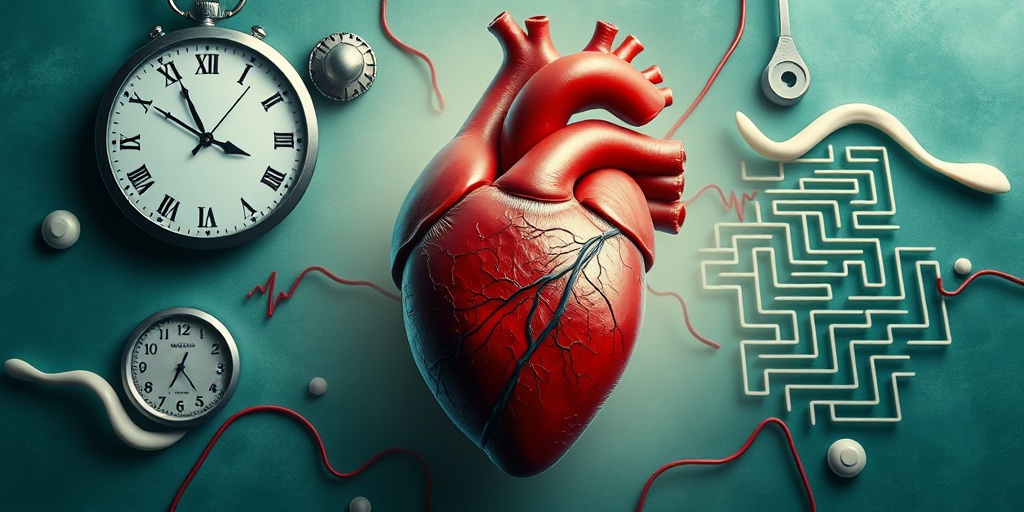
Bradycardia Treatment Options
Bradycardia, or a slow heart rate, is defined as a heart rate that is less than 60 beats per minute. While some individuals may experience this condition without any symptoms, others may require treatment to manage their symptoms and improve their quality of life. Understanding the various treatment options available can empower patients and their families to make informed decisions.
1. Lifestyle Changes
For some individuals, making certain lifestyle adjustments can significantly improve their condition. Here are a few recommendations:
- Regular Exercise: Engaging in moderate physical activity can help strengthen the heart and improve overall cardiovascular health. Always consult with a healthcare provider before starting a new exercise regimen.
- Healthy Diet: A balanced diet rich in fruits, vegetables, whole grains, and lean proteins can support heart health. Reducing sodium and saturated fat intake is also beneficial.
- Avoiding Stimulants: Limiting caffeine and alcohol can help maintain a stable heart rate.
2. Medications
In some cases, medications may be prescribed to manage bradycardia. These can include:
- Atropine: This medication can help increase heart rate in emergency situations.
- Beta-agonists: These drugs can stimulate the heart and are sometimes used in specific cases.
- Thyroid Hormones: If bradycardia is linked to hypothyroidism, thyroid hormone replacement therapy may be necessary.
3. Pacemaker Implantation
For individuals with severe bradycardia or those who experience significant symptoms, a pacemaker may be recommended. This small device is implanted under the skin and helps regulate the heart’s rhythm by sending electrical impulses to the heart. Pacemakers can be life-changing for those with consistently low heart rates, allowing them to lead more active lives.
4. Monitoring and Follow-Up
Regular follow-up appointments with a healthcare provider are essential for managing bradycardia. These visits allow for monitoring of heart rate and rhythm, as well as adjustments to treatment plans as necessary. Patients should also be vigilant about reporting any new symptoms, such as dizziness, fatigue, or fainting spells, to their healthcare team.
Living with Bradycardia
Living with a slow heart rate can be challenging, but with the right strategies and support, individuals can manage their condition effectively. Here are some tips for navigating daily life with bradycardia:
1. Understanding Your Condition
Knowledge is power. Understanding what bradycardia is, its causes, and potential complications can help individuals feel more in control. It’s important to recognize that not all cases of bradycardia require treatment, and many people live healthy lives with this condition.
2. Communicating with Healthcare Providers
Open communication with healthcare providers is crucial. Patients should feel comfortable discussing their symptoms, treatment options, and any concerns they may have. Keeping a journal of symptoms can be helpful during appointments.
3. Managing Symptoms
Some individuals may experience symptoms such as fatigue, dizziness, or shortness of breath. Here are a few strategies to manage these symptoms:
- Stay Hydrated: Dehydration can exacerbate symptoms, so drinking plenty of fluids is essential.
- Rest When Needed: Listening to your body and taking breaks when feeling fatigued can help manage energy levels.
- Avoid Sudden Movements: Getting up too quickly can lead to dizziness. Taking your time can help prevent this.
4. Support Systems
Having a strong support system can make a significant difference in managing bradycardia. Whether it’s family, friends, or support groups, connecting with others who understand the condition can provide emotional support and practical advice. Online forums and local support groups can be excellent resources for sharing experiences and tips.
In conclusion, while living with bradycardia may present challenges, understanding treatment options and implementing effective management strategies can lead to a fulfilling life. Remember, you are not alone in this journey! 💖

Frequently Asked Questions about Slow Heart Rate (Bradycardia)
What is Slow Heart Rate (Bradycardia)?
Slow heart rate, also known as bradycardia, is defined as a heart rate that is less than 60 beats per minute. It can be a normal finding in some individuals, especially athletes, but may also indicate an underlying health issue.
What are the common causes of Bradycardia?
- Heart tissue damage from aging or heart disease
- Electrolyte imbalances
- Medications that affect heart rate
- Hypothyroidism
- Sleep apnea
How is Bradycardia diagnosed?
Bradycardia is typically diagnosed through a physical examination and an electrocardiogram (ECG). Additional tests may include blood tests, a Holter monitor, or an exercise stress test to determine the underlying cause.
What are the symptoms of a low heart rate?
Symptoms of low heart rate may include:
- Dizziness or lightheadedness
- Fatigue
- Shortness of breath
- Fainting or near-fainting spells
What treatments are available for Bradycardia?
Treatment for low heart rate bradycardia depends on the underlying cause. Options may include:
- Adjusting medications
- Managing underlying health conditions
- Implanting a pacemaker in severe cases
Can Bradycardia be a sign of a serious condition?
Yes, while some individuals may have a naturally low heart rate, bradycardia can indicate serious health issues, particularly if accompanied by symptoms. It is essential to consult a healthcare provider for a thorough evaluation.
Is it possible to have a low heart rate without having Bradycardia?
Yes, a low heart rate can occur without being classified as bradycardia, especially in well-conditioned athletes or during sleep. However, if you experience symptoms, it is advisable to seek medical advice.
When should I seek medical attention for Bradycardia?
If you experience symptoms such as dizziness, fainting, or persistent fatigue, it is important to seek medical attention promptly. Early diagnosis and treatment can help manage the condition effectively.
Can lifestyle changes help manage Bradycardia?
In some cases, lifestyle changes such as regular exercise, a balanced diet, and avoiding excessive alcohol or caffeine can help manage slow heart rate. Always consult with a healthcare provider before making significant changes to your routine.

